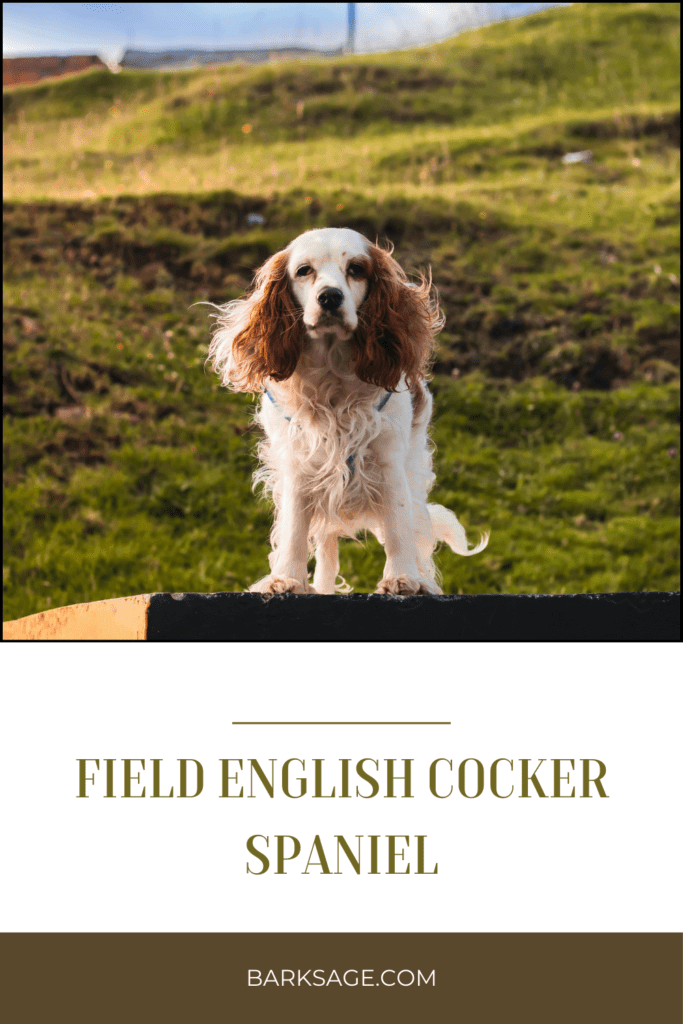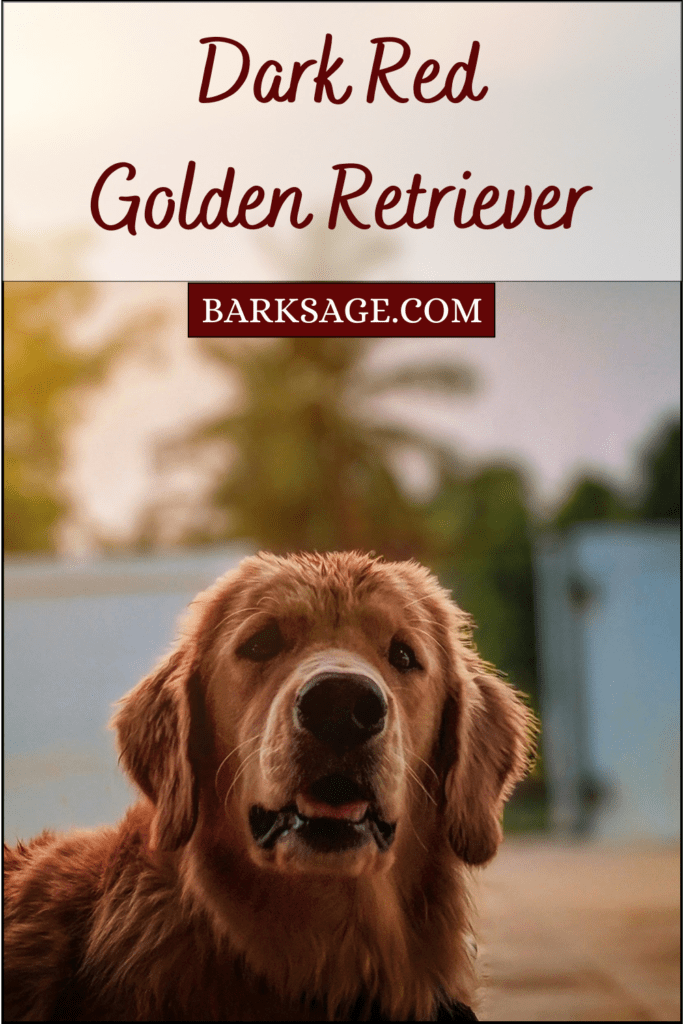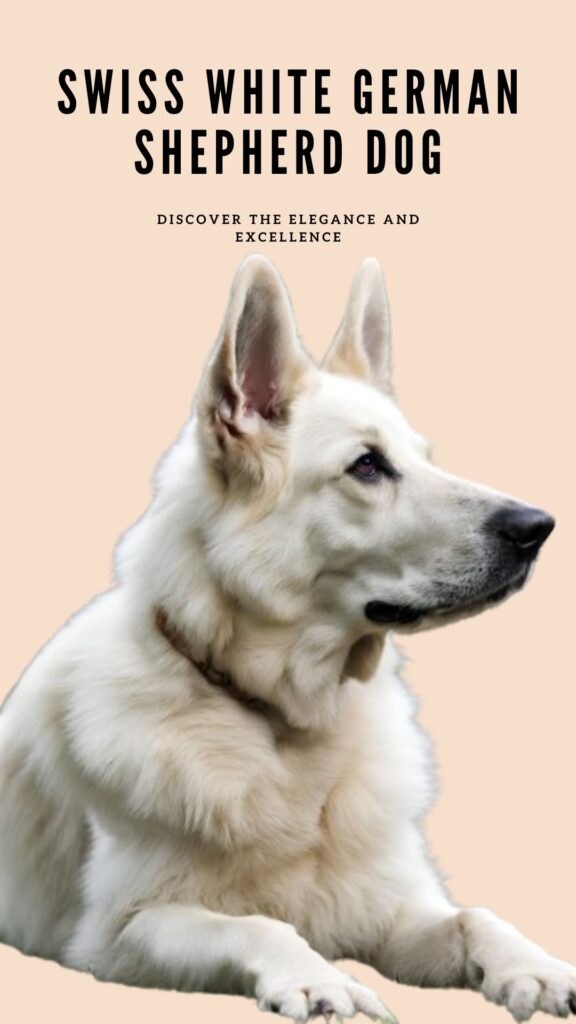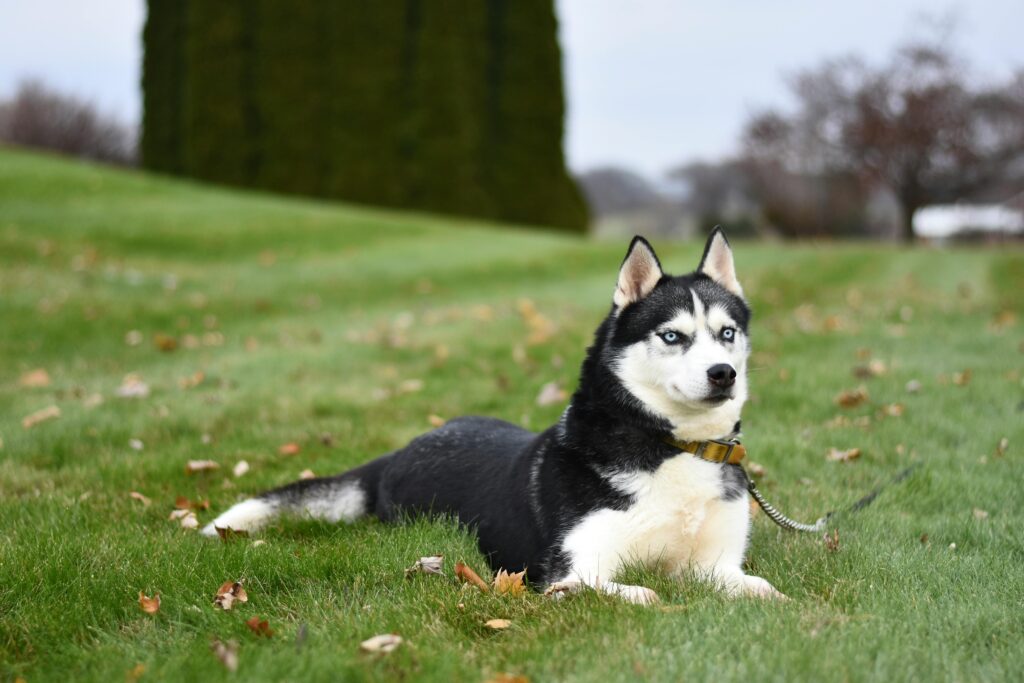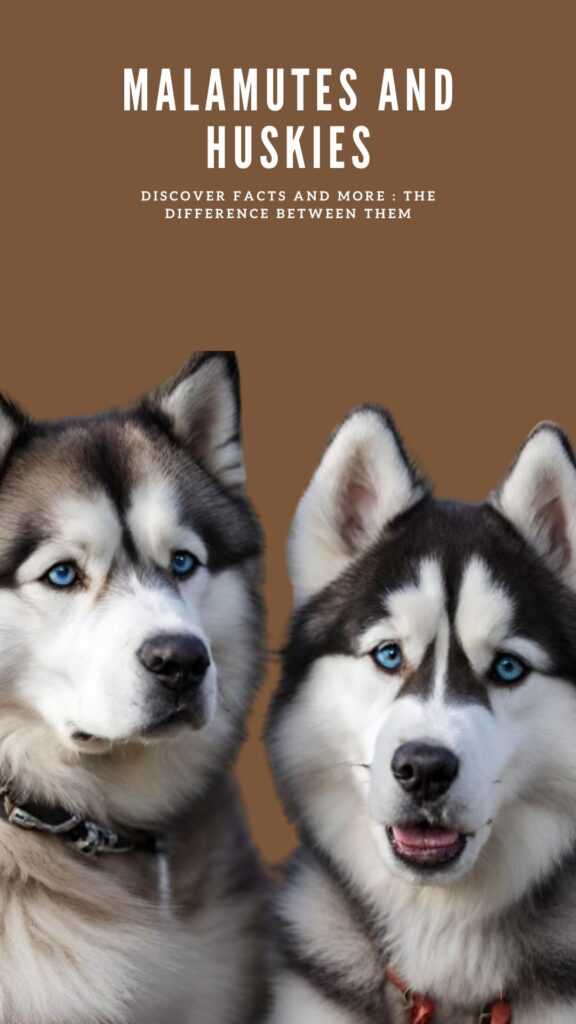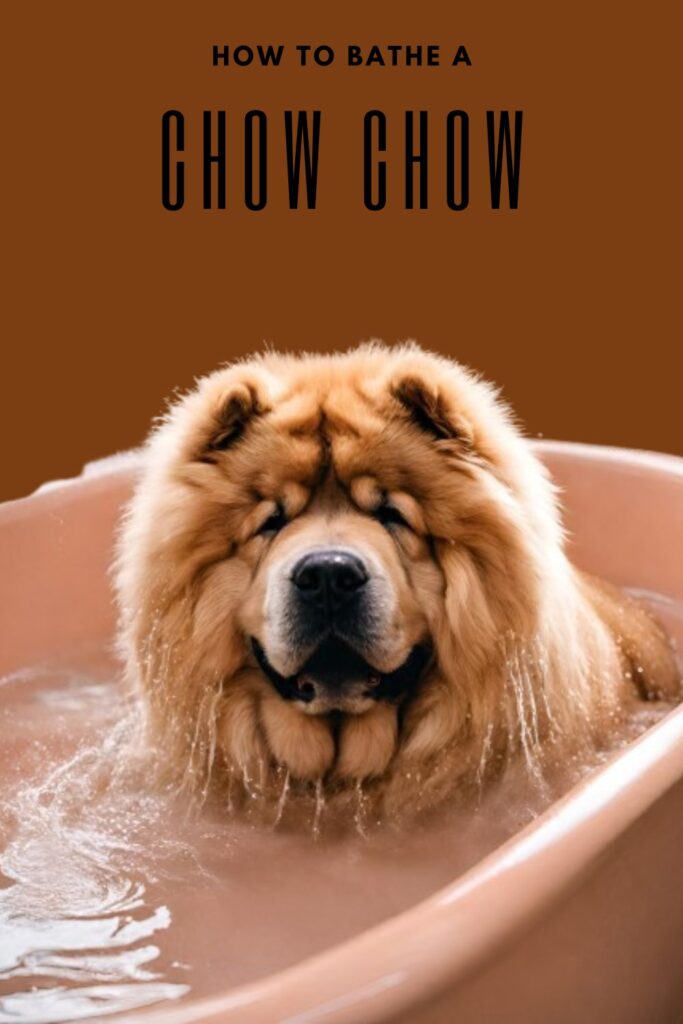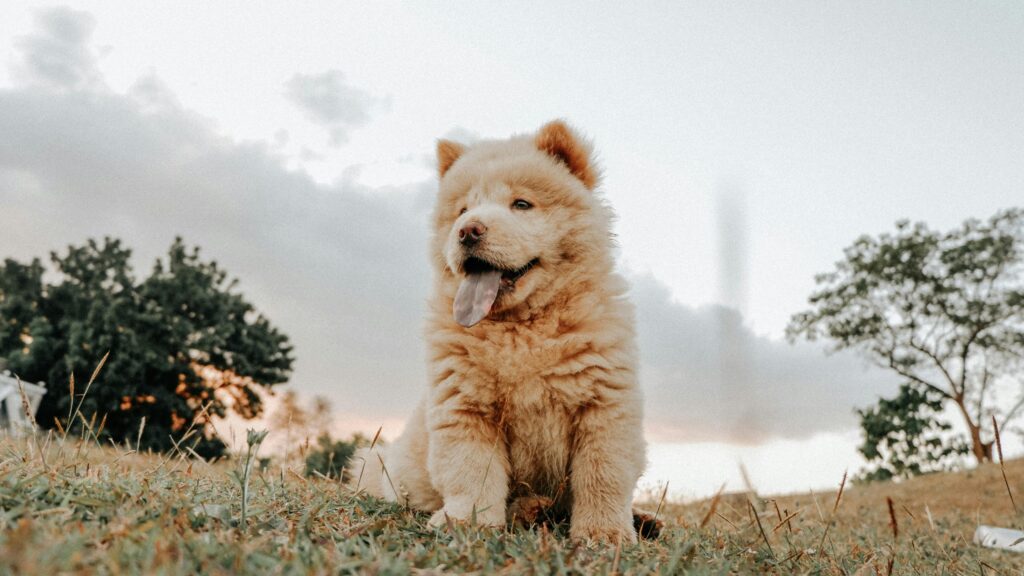Field English Cocker Spaniel: Dog Breed Complete Guide 2024
The Field English cocker spaniel is full of energy and can do many activities. It’s a favorite for families who love to be active. In contrast to the American cocker spaniel, it stays connected to its hunting background. It is known for being a terrific “merry little hunter” with its quick wits and always wagging tail. Because they are small and strong, hunting in dense cover, woods, and other tough spots is perfect for them. They fit right in with any hunter, be it in the city or the countryside.1
Key Takeaways
- The Field English cocker spaniel is a versatile and energetic breed that excels in hunting and various dog sports.
- Unlike the American cocker spaniel, the English cocker spaniel has maintained its hunting heritage and is well-suited for hunting in dense cover.
- English cockers are compact, sturdy dogs with a friendly, affectionate temperament that makes them cherished hunting companions.
- The English cocker spaniel’s hunting skills are evaluated in various events, including AKC Spaniel Hunt Tests and Cocker Field Trials.
- Field-bred English cockers tend to have a higher degree of speed and power compared to show-bred dogs.
Versatile Hunting Prowess
English cockers are excellent for hunting all sorts of game in the fields and woods.2 They can flush out and bring back upland birds like pheasants, chukar, and woodcock.2 Their small size and nimbleness help them move through tight spots in the wilderness. They easily push birds out from under thick bushes and around the densest hedges.2
Upland Game Aficionados
English cockers have their own unique hunting style. Instead of a wide search, they move through the ground systematically, using their noses a lot.2 This way of hunting is perfect for small areas, which is why they’re so good at finding grouse and woodcock in dense forests.2 While they might not be ideal for big game like geese, they’re unmatched in tight, rough spots for other birds.2
Excelling in Dense Cover
Thanks to their small frame and quick moves, English cockers can easily get through thick bushes where birds hide.2 Their hunting method, going through land in parts, works great in tight spaces. This especially helps them find grouse and woodcock in dense cover.2
Field English Cocker Spaniel
The English cocker spaniel is one of the oldest bird hunting breeds from England, dating back hundreds of years.1 At first, land spaniels and water spaniels were not clearly defined. But through the years, these breeds specialized. The “cockers” were used mainly for hunting woodcock. Despite issues with over-breeding in the American lines, the English cocker has kept its hunting skills.1
Ancient Hunting Roots
The English cocker and other spaniels have a deep hunting history in England, going back many centuries.1 These dogs were prized for flushing and fetching various upland game birds. They were invaluable for hunters in both town and countryside.1
Field vs. Show Lines
There is a clear divide between show-bred and field-bred English cockers. Field-bred dogs focus on health, capability, and drive to work. Show dogs are bred to look a certain way and follow a standard.3 Field-bred English cockers might have shorter coats, ears set higher, and their tails are long but docked. In contrast, show-bred dogs are more fluffy and have shorter tails.3 However, some show-bred English cockers maintain their hunting prowess thanks to dedicated breeders.3
Choosing the Right Pup
Temperament and Conformation
Looking for an English cocker spaniel puppy involves checking their temperament and build. You should aim for one with an honest face, strong eye contact, and a well-shaped body. Make sure they have the right body angles and no big faults.4 For hunters, it’s crucial to pick a puppy that is well-bred for its physical features and behavior. Breeds are checked for their health, looks, movement, and personality at dog shows. Good breeders will have puppies perfect for both shows and as pets.4
Finding Reputable Breeders
Finding a good English cocker spaniel for hunting starts with the English Cocker Spaniel Club of America and its recommended breeders.4 Visiting hunt tests and field trials lets you see English cockers in their element. It’s also a chance to meet breeders who know a lot about the breed.4 This breed’s community is close, so many breeders understand show and hunting aspects. They can help you select a puppy that will do well both in competitions and out in the field.4
Conclusion
The field English cocker spaniel is an active and smart hunting companion. It stands true to its history as a great bird dog. Its small size5, cleverness, and hunting instinct are perfect for both active families and hunters.5
This breed shines in various hunting activities. Thanks to a strong community of breeders, the field English cocker spaniel is still very popular. It mixes its historic hunter skills with a loving nature, fitting well in any family.6 The dog is great at moving through thick bushes or bringing back game, showing its true value as a hunting buddy.
Due to its size, agility, and endless energy, the field English cocker spaniel is a reliable partner. It easily becomes part of the family. The breed adapts to modern life while keeping its hunting traditions. This way, it remains a favorite in the world of hunting dogs.
FAQ
What makes the Field English cocker spaniel a versatile hunting companion?
The Field English cocker spaniel is full of energy. It’s great for hunting and playing dog sports. They are known as “merry little hunters” because their tails are always wagging. This breed is smart and solves problems quickly. They are compact and sturdy, which lets them move easily through thick cover. This makes them excellent hunting dogs for animals like grouse and woodcock.
What types of upland game can the English cocker spaniel hunt?
English cockers are very good at finding and fetching upland game birds. This includes birds like pheasants, chukar, and woodcock. Their size and agility help them move through dense vegetation to locate game.
How do Field English cockers differ from show-bred English cockers?
Field and show English cockers have become quite different over time. Field-bred dogs are chosen for their working ability and health. Show dogs, on the other hand, are bred to look a certain way according to breed standards. Field-bred cockers usually have less fur, ears higher on their heads, and longer tails that are docked. Show dogs are bulkier with shorter tails and more fur.
Where can I find a reputable breeder for an English cocker spaniel puppy?
To find a good English cocker spaniel puppy, start with the English Cocker Spaniel Club of America. Their breeder referrals are a great resource. Also, watching the dogs at hunt tests and field trials can help you meet quality breeders.
What traits should I look for in an English cocker spaniel puppy?
Look for a puppy with a great personality and body. They should have a friendly, sincere face and make good eye contact. A puppy with a proportionate body, good build, and no major issues is ideal.
Source Links
- https://englishcocker.org/field/
- https://iheartdogs.com/the-history-and-origin-of-the-cocker-spaniel-a-comprehensive-look/
- https://www.dogforum.com/threads/is-a-field-cocker-spaniel-a-good-first-dog.378487/
- http://www.beachbumenglishcockers.com/choosing-a-puppy.html
- https://piensosloboazul.com/en/blogs/news/cocker-spaniel-ingles-todo-lo-que-necesitas-saber-sobre-esta-amorosa-raza
- https://postcardsbyhannah.com/2020/11/23/the-realities-of-owning-a-cocker-spaniel/

